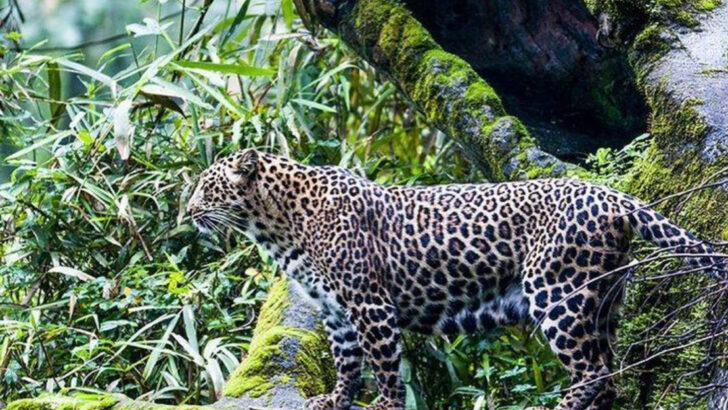Most people never see these cats—not in the wild, not in zoos, not even in books. They live in hidden corners of the world, from snowy mountains to remote islands, quietly surviving while few even know they exist. Each one has adapted to its own strange, beautiful environment—some with thick coats for icy weather, others with secretive habits that keep them out of sight. Many are endangered, some critically, and all are rare for a reason. Learning where they live and how they survive is more than just fascinating—it might be the first step in helping them stay alive.
Amur Leopard
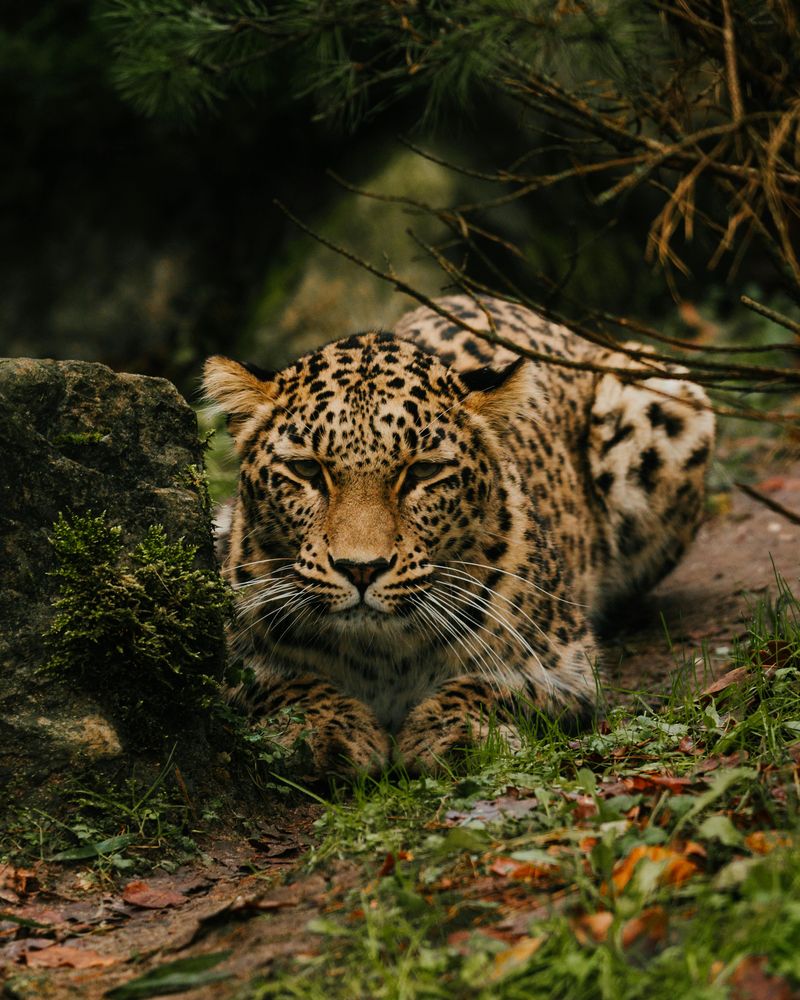
In the remote regions of the Russian Far East, a remarkable creature known for its beautiful, thick fur roams the snowy landscapes. This feline’s golden coat with dark spots is a striking sight against the white snow. Its habitat is limited to temperate forests with harsh climates, making its survival a testament to resilience. Due to poaching and habitat loss, its numbers are alarmingly low, making conservation efforts vital. Protecting this species means preserving its environment, which plays a crucial role in the ecosystem’s health. Witnessing such a rare animal is truly a privilege.
Borneo Bay Cat
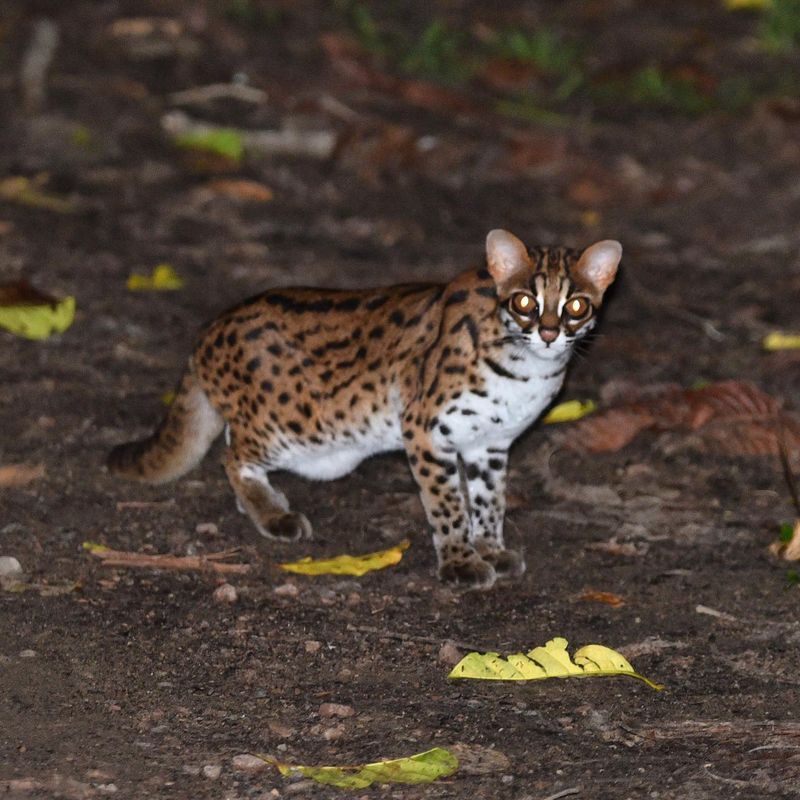
In the heart of Borneo’s lush rainforests roams the mysterious Borneo Bay Cat. With rich reddish-brown fur and a distinctively short tail, this feline blends seamlessly into its verdant surroundings.
Renowned for its elusive nature, spotting one is akin to finding a hidden treasure. The Borneo Bay Cat is primarily nocturnal, using its keen senses to navigate the dense jungle.
Interestingly, it remains one of the least studied wild cats. Conservationists are eager to learn more, understanding its role in the rainforest’s delicate ecosystem. Preserving its habitat is crucial for its survival.
Iberian Lynx
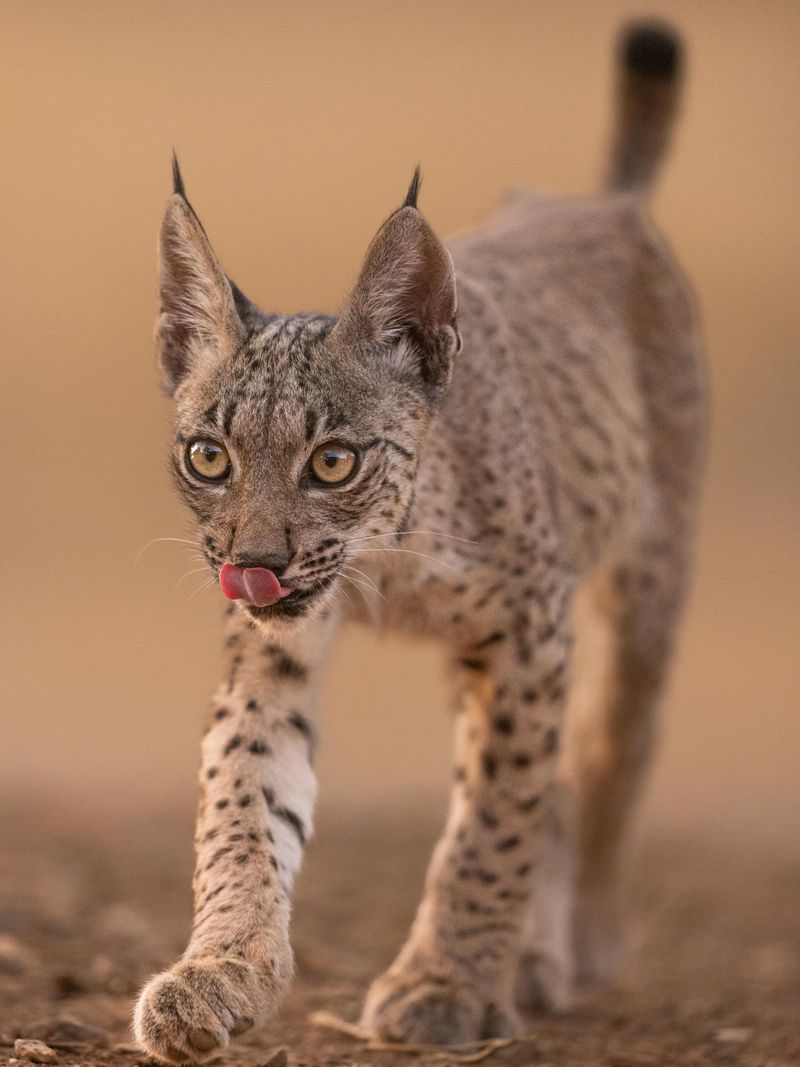
Native to the Iberian Peninsula, this medium-sized cat is renowned for its tufted ears and striking facial ruff. Its preferred habitat includes Mediterranean forests and shrublands where it hunts rabbits, its primary prey. Sadly, habitat destruction and declining prey have pushed it to the brink of extinction. Conservation initiatives focus on habitat restoration and increasing prey availability to ensure survival. Discovering an Iberian Lynx in its natural setting is an unforgettable experience, highlighting the delicate balance of nature. It’s a symbol of hope for conservation success stories.
Javan Leopard
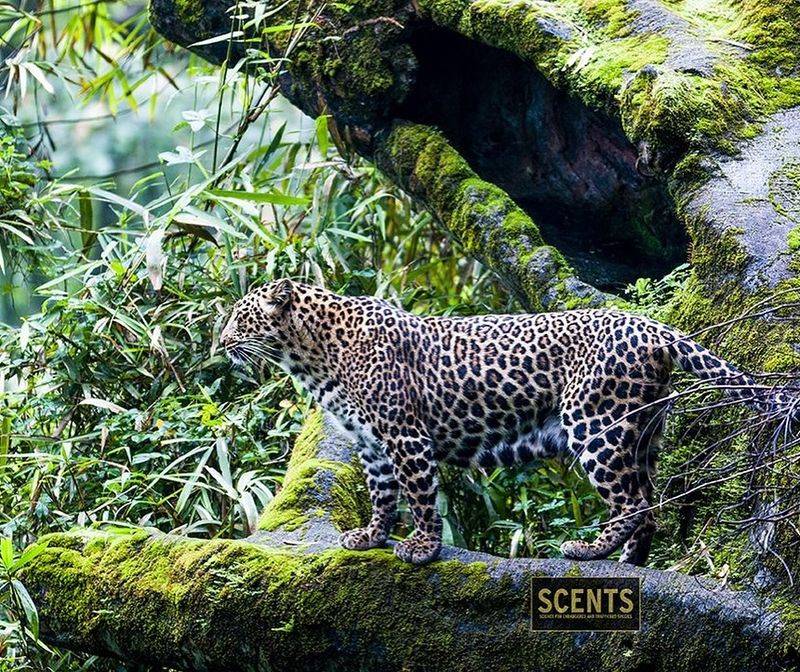
Amidst the dense jungles of Java, the Javan Leopard reigns supreme. Its golden-spotted coat provides perfect camouflage, making it a master of stealth as it moves through the tropical canopy.
Unlike its African cousins, this leopard is critically endangered, facing threats from habitat loss and human encroachment. Conservation efforts are vital to ensure its future.
Javan Leopards are solitary creatures, often seen lounging on tree branches or silently stalking their prey. Their presence is a testament to Java’s rich biodiversity and the urgent need to protect these ancient forests.
Sand Cat
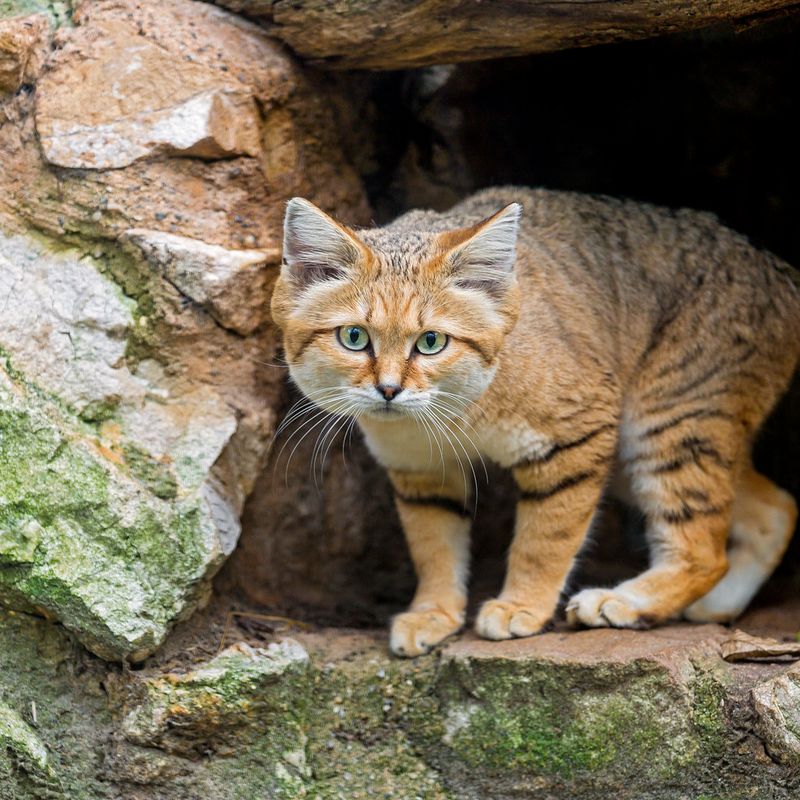
In the vast deserts of North Africa and the Middle East, a small feline with large ears and a sand-colored coat prowls under the moonlight. Its adaptations for desert life include furry feet to walk on hot sand and exceptional hearing to detect prey. Threatened by habitat loss and human encroachment, this cat’s survival depends on effective conservation strategies. Protecting desert landscapes ensures the preservation of this unique ecosystem and its inhabitants. Encountering a Sand Cat is a fleeting glimpse into the resilient life of desert wildlife.
Andean Mountain Cat
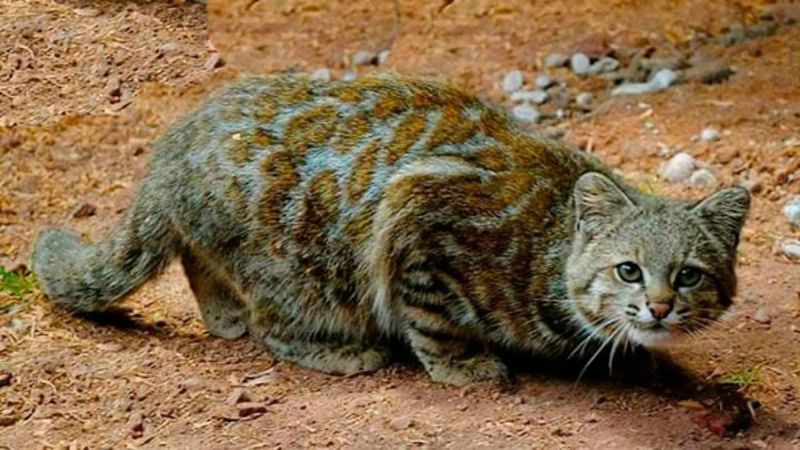
In the high Andes of South America, a small but hearty feline navigates the rugged landscape with ease. Its thick, spotted coat is perfectly adapted to the cold, harsh environment it calls home. Living at high altitudes, this cat faces threats from habitat degradation and hunting by local communities. Conservation programs aim to raise awareness and protect its natural habitat. Observing this cat in the wild offers a glimpse into the unique adaptations required for survival in extreme conditions. It’s a testament to nature’s ingenuity.
Flat-headed Cat
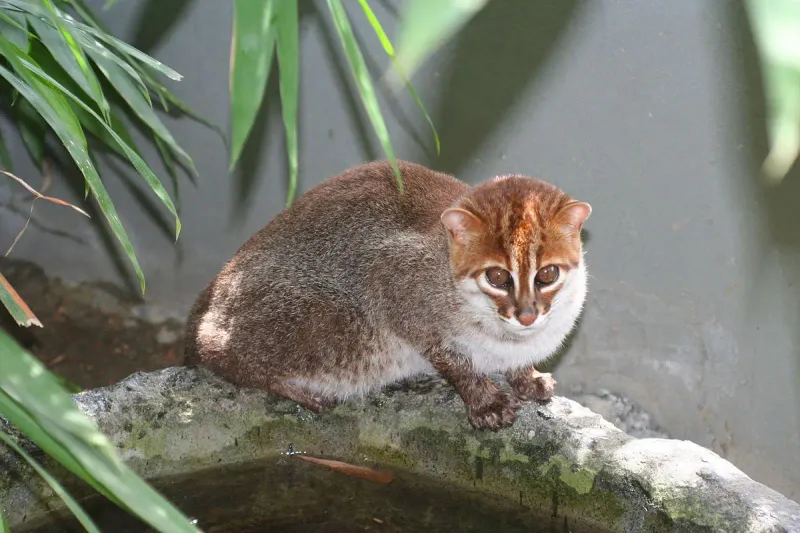
Waterways and wetlands of Southeast Asia are home to a peculiar feline with an unusual flat-headed appearance. This cat thrives in aquatic environments, relying on its webbed feet to catch fish and frogs. However, pollution and habitat destruction threaten its existence. Conservationists strive to maintain water quality and protect wetland areas critical to its survival. Observing this unique cat showcases the diversity of adaptations among felines. It’s an inspiration for continued efforts to preserve the world’s most vulnerable species.
Iriomote Cat
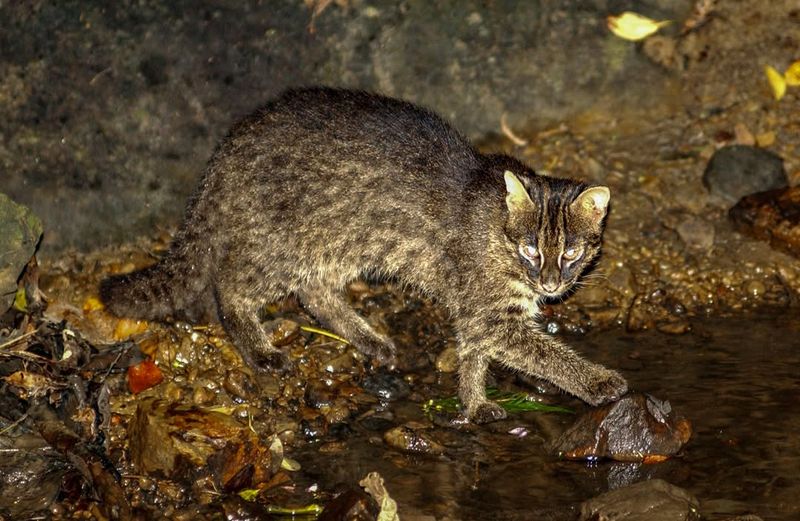
The Iriomote Cat, a subspecies of the leopard cat, is found exclusively on Japan’s Iriomote Island. This rare feline is distinguished by its unique dark spots and stripes, which help it blend into the island’s subtropical forests. Its limited distribution and small population make it critically endangered.
Iriomote Cats are highly adapted to their environment, displaying excellent swimming abilities to navigate between the island’s forested areas. Their primary habitats include dense mangrove swamps and mountainous regions, where they hunt small mammals, birds, and reptiles.
Conservation efforts focus on protecting their habitat from development and human disturbance. Promoting environmental awareness and implementing protective regulations are essential to safeguard the future of the Iriomote Cat, one of Japan’s natural treasures.
Pallas’s Cat
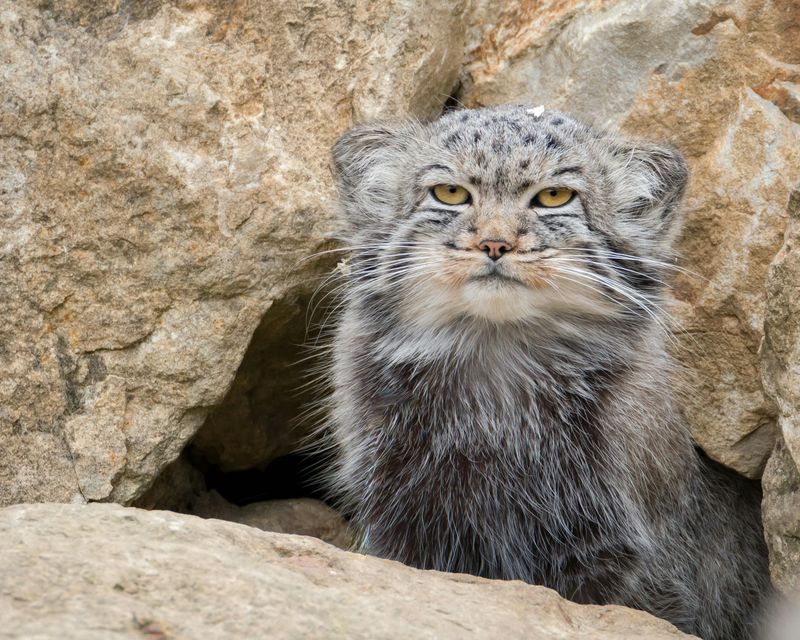
In the steppes of Central Asia, a stocky feline with a round face and bushy fur peers curiously from behind rocks. Known for its grumpy expression, this cat is well adapted to cold, arid environments. Its thick coat provides insulation against harsh weather, while its camouflage skills aid in hunting small prey. Habitat degradation and hunting pose significant threats to its survival. Conservation actions focus on habitat protection and reducing human-wildlife conflict. Encountering this cat in its natural habitat is a reminder of nature’s marvels and the need for conservation.
Fishing Cat
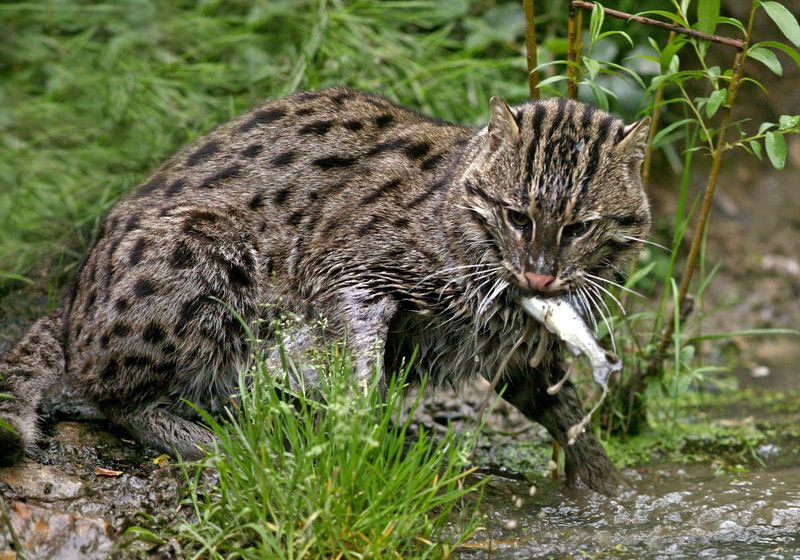
The mangrove swamps and wetlands of South Asia are home to the Fishing Cat, a skilled hunter of aquatic prey. Its partially webbed feet and strong physique make it a master at catching fish and crustaceans. Rapid urbanization and wetland destruction are major threats, prompting conservation efforts to secure its habitat. Protecting these areas helps maintain biodiversity and supports local communities. Observing a Fishing Cat in action is a captivating experience, showcasing the intricate relationship between species and their environments. It’s an urgent reminder to safeguard such unique ecosystems.
Black-footed Cat
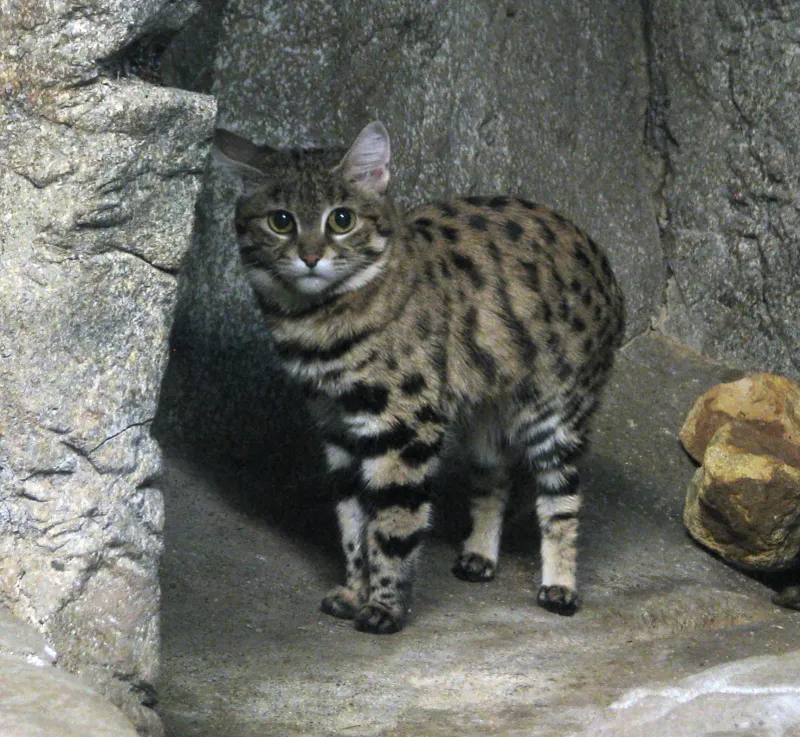
Southern Africa’s arid savannahs are home to the world’s smallest wild cat, the Black-footed Cat. Despite its diminutive size, this feline is a fierce nocturnal hunter, relying on stealth and agility to catch rodents and birds. Its survival is challenged by habitat loss and human activities. Conservation efforts prioritize habitat preservation and minimizing conflicts with local communities. Observing this tiny predator in action reveals the complexity and beauty of the natural world. It’s a powerful reminder of the importance of every species in maintaining ecological balance.
Chinese Mountain Cat
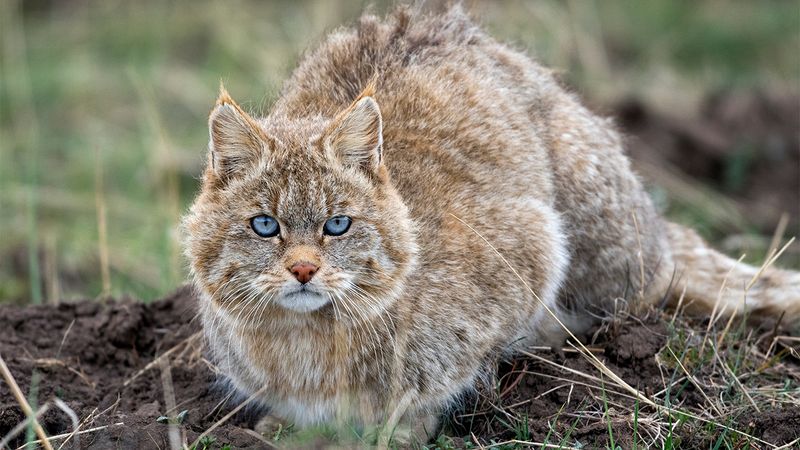
In the remote Tibetan plateau, a rare feline perches on rocky ledges with a watchful eye. With its thick fur and robust build, it withstands the region’s cold winds and harsh conditions. Little is known about this elusive cat, making it a subject of interest for researchers and conservationists. Habitat degradation poses significant risks, highlighting the need for protective measures. Spotting the Chinese Mountain Cat in its natural environment is a rare and insightful experience, offering a glimpse into the quiet resilience of mountain wildlife.
Rusty-spotted Cat
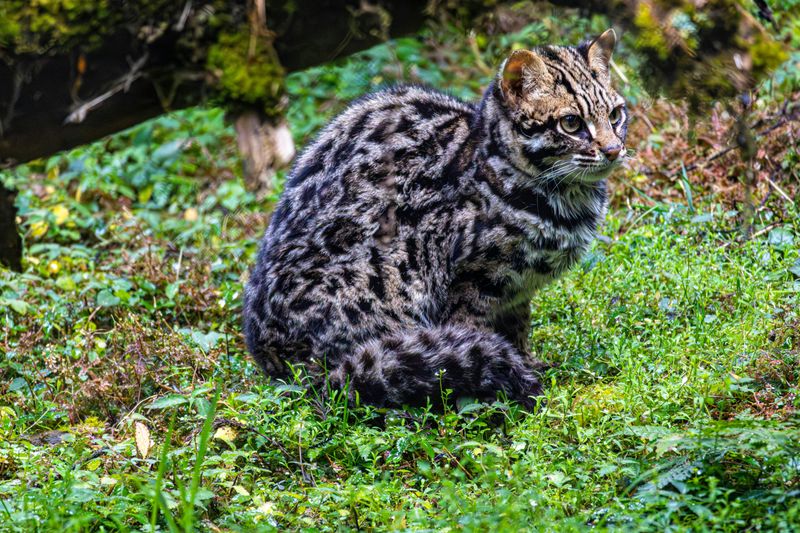
Sri Lanka’s forests shelter the world’s smallest wild cat, notable for its delicate frame and rusty-spotted coat. This arboreal feline is an agile climber, navigating the forest canopy with ease. Habitat loss due to deforestation is a significant threat, prompting conservationists to focus on forest preservation. Observing this tiny cat in its natural habitat reveals the rich biodiversity that tropical forests support. It’s a poignant reminder of the urgent need to protect these vital ecosystems for future generations.
Margay
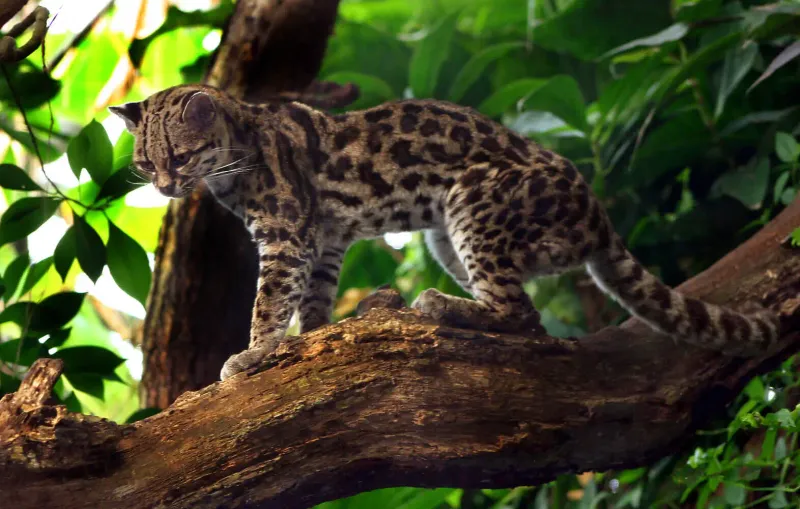
The rainforests of Central and South America are home to the Margay, a feline renowned for its arboreal acrobatics. Its long tail and flexible ankles allow it to maneuver gracefully through the trees. Deforestation and habitat fragmentation threaten its survival, necessitating conservation efforts to protect its environment. The Margay’s presence highlights the importance of preserving rainforest ecosystems and the intricate web of life they support. Witnessing this cat’s agility in the wild is a testament to nature’s wonders and the delicate balance that sustains life.
Asian Golden Cat
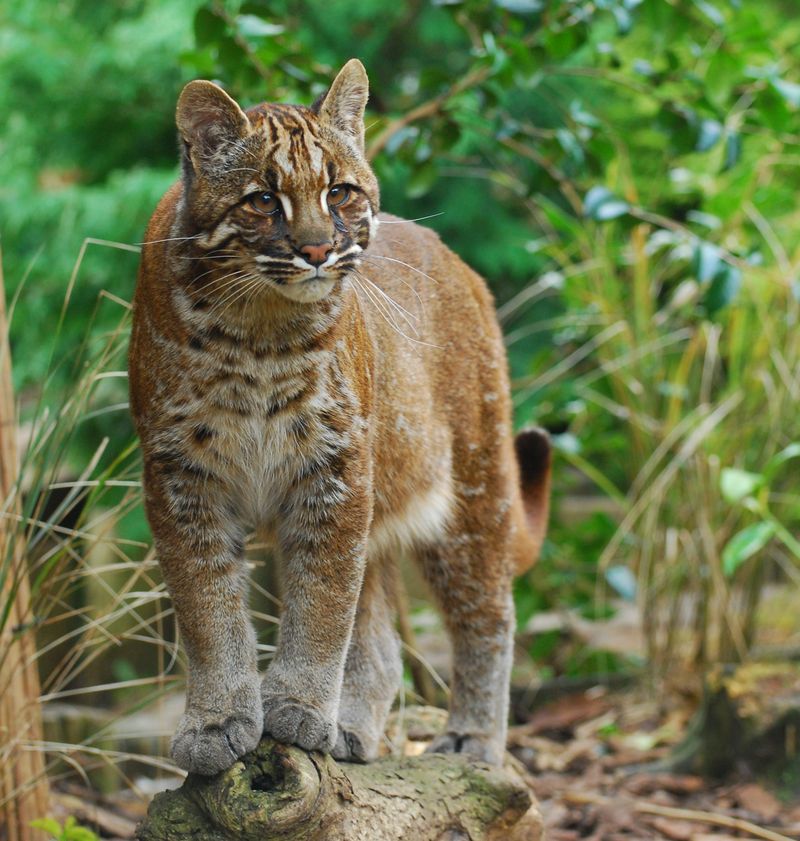
The dense jungles of Southeast Asia are home to the striking Asian Golden Cat, known for its stunning golden-brown coat. This elusive feline inhabits a range of environments, from tropical forests to high-altitude regions. Threats such as habitat loss and hunting endanger its existence, prompting conservationists to advocate for stronger protections. Observing this majestic cat in its natural habitat reveals the beauty and diversity of the region’s wildlife. It’s an inspiring call to action to preserve these precious environments for future generations.
Caracal
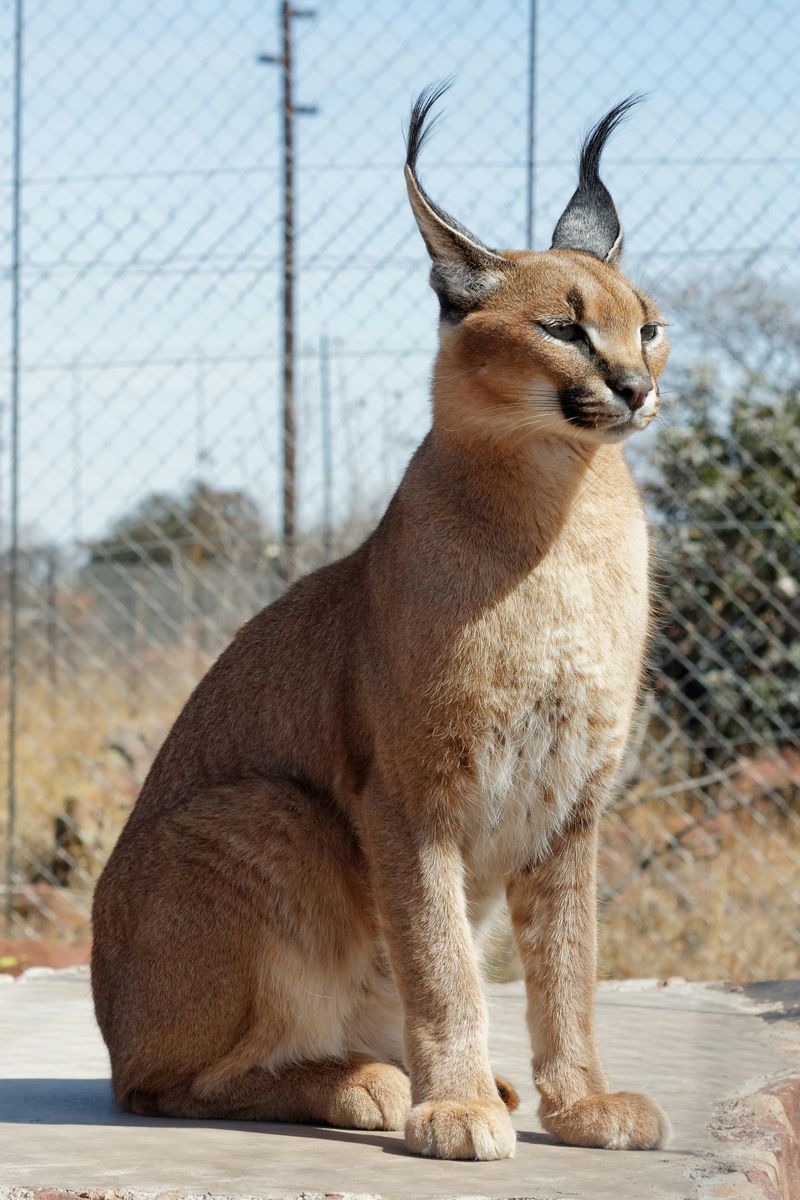
In the wide savannahs and dry woodlands, the Caracal is known for its striking appearance, characterized by long, tufted ears and a sleek, muscular build. This agile hunter is capable of leaping into the air to catch birds in flight. Human activities and habitat encroachment pose threats to its livelihood, driving conservation efforts focused on habitat preservation. Witnessing a Caracal in motion is a breathtaking reminder of nature’s elegance and the need for harmonious coexistence. It’s a symbol of both beauty and resilience.
Serval

The African savannahs are the stage for the Serval, a feline with long legs and large ears designed for precision hunting. Its extraordinary hearing helps locate small prey hidden in the tall grasses. However, habitat destruction and human-wildlife conflict threaten its survival. Conservation initiatives aim to protect its natural environment and promote coexistence with local communities. Observing a Serval in its natural setting underscores the intricate adaptations that allow it to thrive. It’s a vivid reminder of the diversity and complexity of life on Earth.
Clouded Leopard
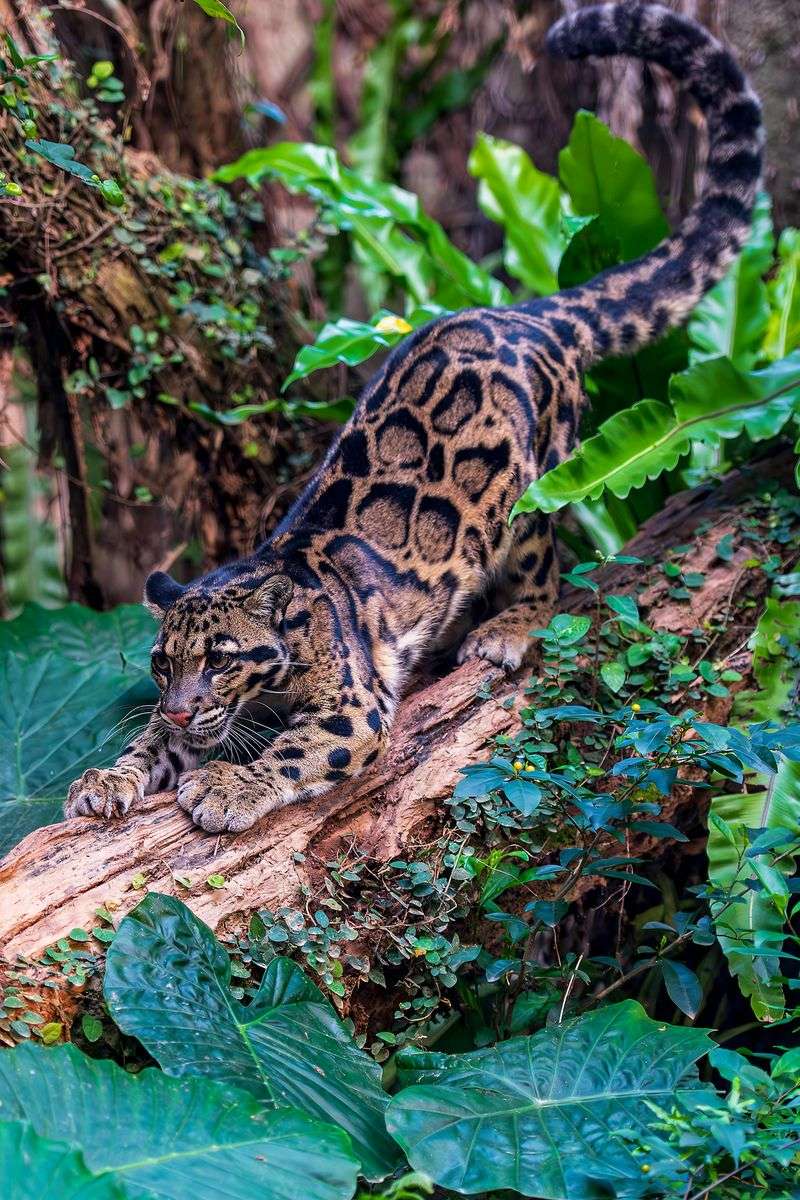
High in the rainforests of Southeast Asia, a feline with a cloud-patterned coat rests gracefully on tree branches. Its adaptations for arboreal life make it a formidable hunter of birds and monkeys. Deforestation and poaching threaten its continued existence, driving conservation efforts to protect its habitat. The Clouded Leopard’s presence underscores the importance of forest conservation and the interconnectedness of ecosystems. Observing this cat offers a rare glimpse into the hidden world of the rainforest canopy. It’s a call to preserve these crucial habitats.
Snow Leopard
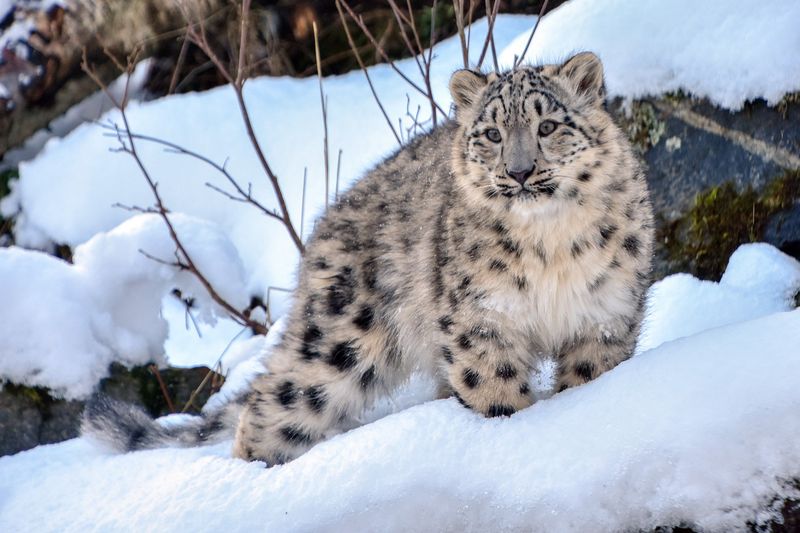
In the lofty mountains of Central Asia, the Snow Leopard moves gracefully along rocky ridges, its thick fur blending seamlessly with the snowy landscape. Renowned for its solitary nature and elusive behavior, this cat faces threats from poaching and habitat loss. Conservation efforts focus on community involvement and habitat protection to ensure its survival. The Snow Leopard represents the mysterious beauty of high-altitude ecosystems and the global effort required to protect them. Spotting one in the wild is a rare and unforgettable experience.
Jungle Cat
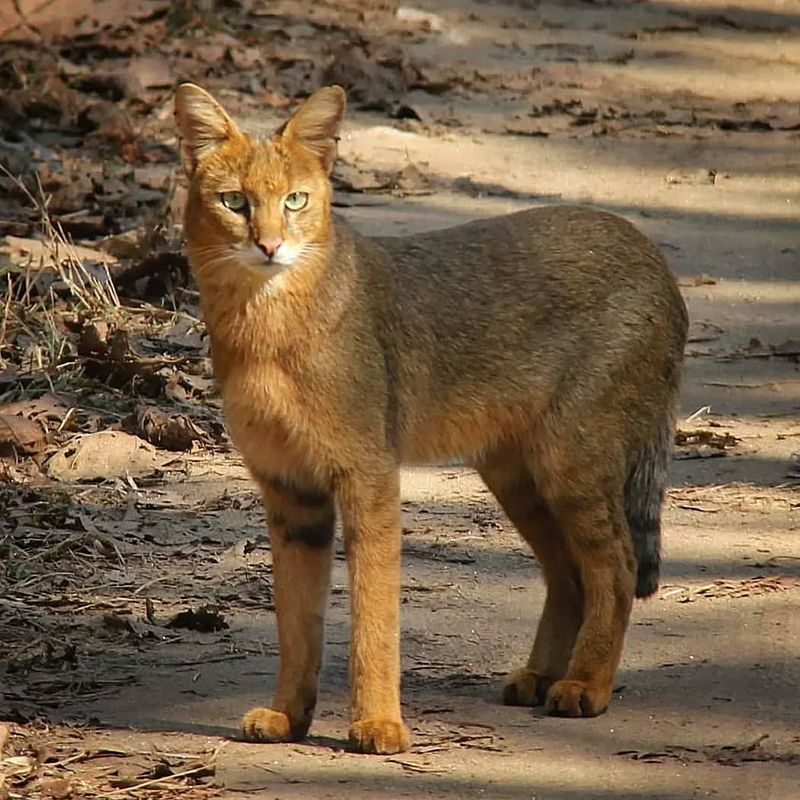
South Asia’s dense underbrush is the domain of the Jungle Cat, a feline with a tawny coat that provides excellent camouflage. An adept swimmer and hunter, it thrives in a variety of habitats, from forests to wetlands. Human encroachment and habitat loss pose significant risks, highlighting the need for effective conservation strategies. The Jungle Cat’s adaptability is a testament to nature’s resilience, but it also emphasizes the importance of responsible environmental stewardship. Observing this cat in its natural habitat offers valuable insights into the balance of ecosystems.
Kodkod
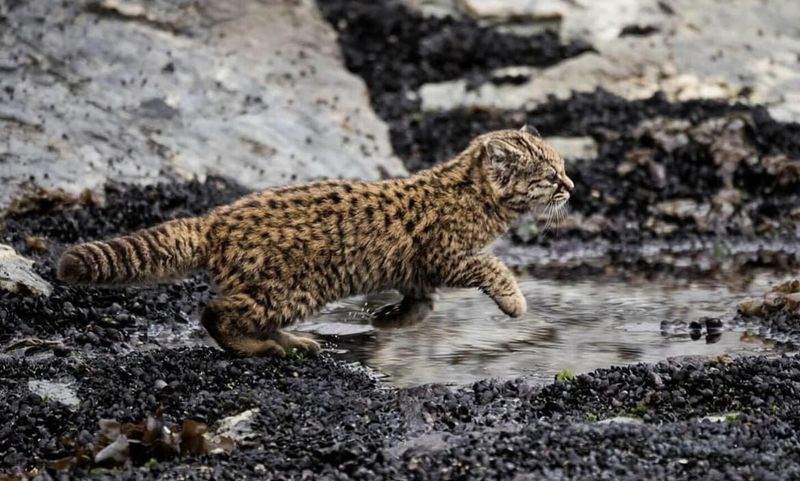
In the temperate forests of Chile, the Kodkod, the smallest wild cat in the Americas, hides among the dense vegetation. Its spotted coat and diminutive size make it a master of stealth. Deforestation and habitat fragmentation are major threats, necessitating conservation efforts to protect its unique habitat. The Kodkod’s presence is a reminder of the incredible biodiversity found in these forests and the pressing need to preserve them. Observing this cat in the wild highlights the delicate balance of nature and the role each species plays in it.
Oncilla
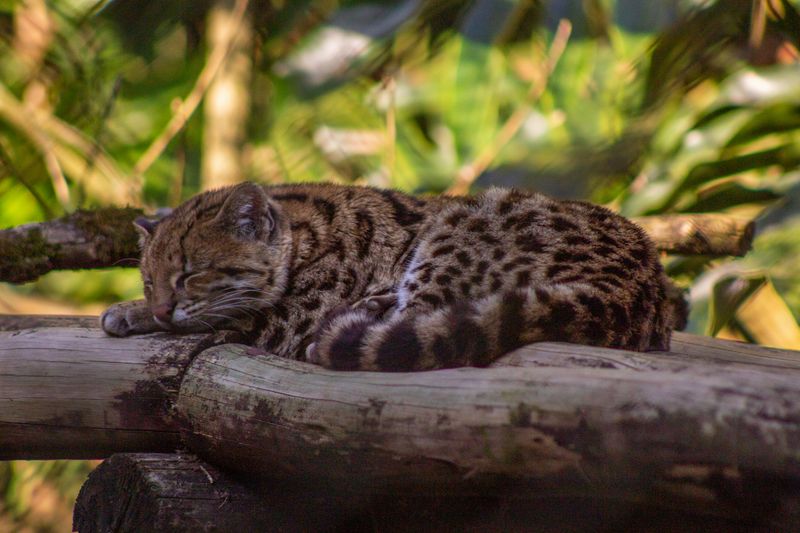
The cloud forests of Central and South America are home to the Oncilla, a small feline with a slender body and beautifully spotted fur. This arboreal cat is an agile climber, moving effortlessly through the trees. Deforestation and hunting pose significant threats, driving conservation initiatives to protect its habitat. The Oncilla symbolizes the rich biodiversity of cloud forests and the interconnectedness of species within these ecosystems. Observing this cat in its natural environment is a reminder of the treasures that lie within these unique habitats.
Geoffroy’s Cat
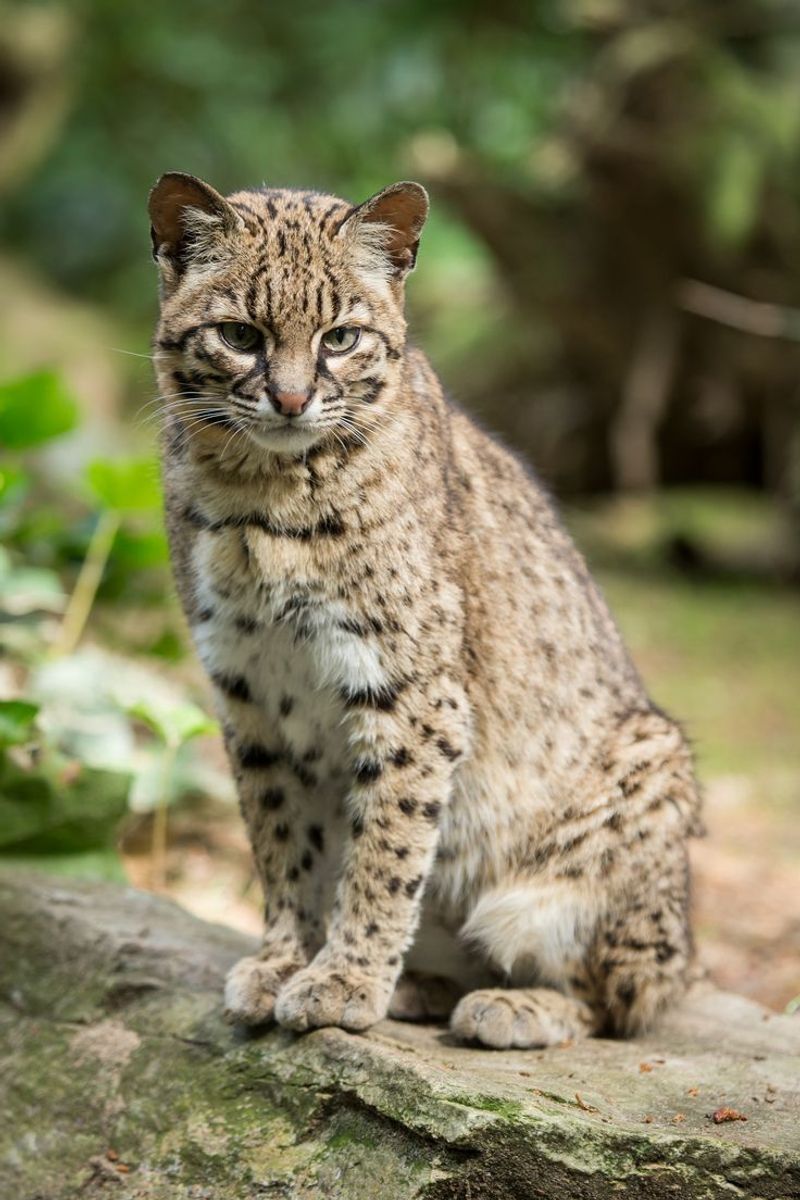
In the grasslands of South America, Geoffroy’s Cat surveys its surroundings from a rocky perch. Its spotted coat and intense gaze make it a masterful predator of small mammals and birds. Habitat loss and hunting are significant threats to its survival, prompting conservation efforts aimed at habitat preservation. Geoffroy’s Cat highlights the importance of conserving grassland ecosystems and the intricate balance required for them to thrive. Observing this cat in the wild illustrates the beauty and complexity of the natural world, urging us to protect it for future generations.
Marbled Cat
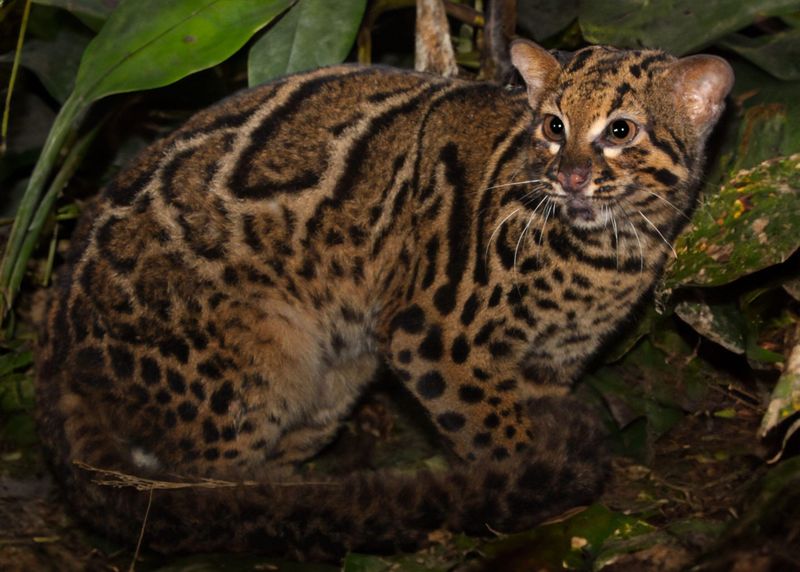
Within the rainforests of Southeast Asia, the Marbled Cat reclines on tree branches, its coat patterned like the forest shadows. This arboreal feline is elusive and seldom seen, making it a subject of fascination. Deforestation and habitat destruction threaten its existence, driving efforts to protect its environment. The Marbled Cat embodies the mystery and diversity of rainforest life and the need for conservation to safeguard these ecosystems. Observing this cat offers a rare insight into the hidden world of the rainforest, a testament to nature’s wonders.
Bay Cat
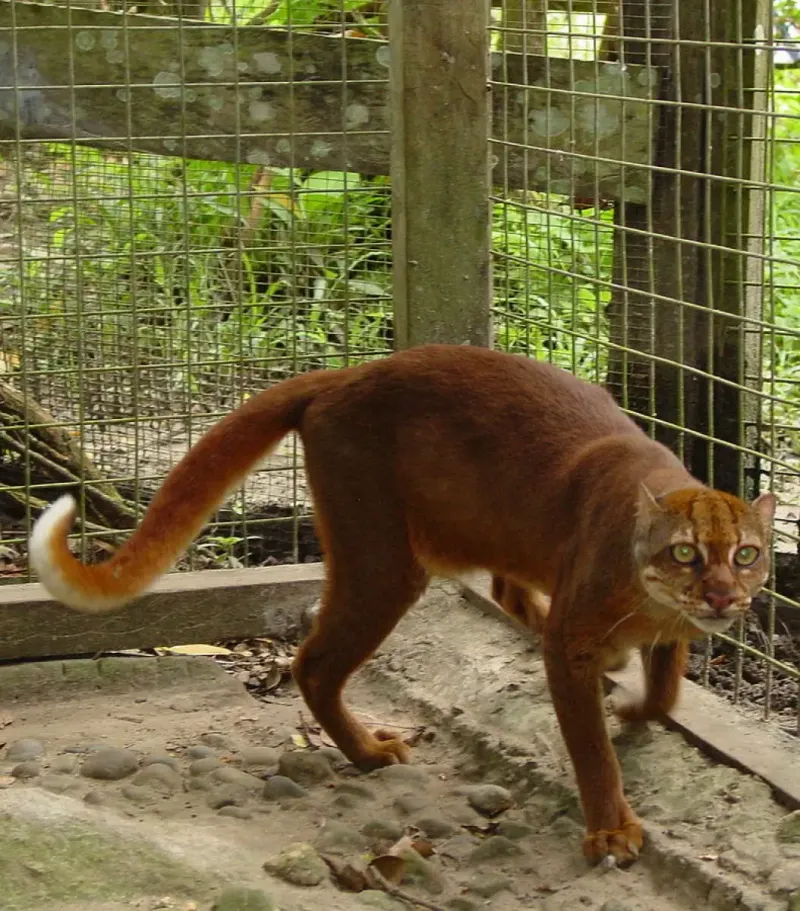
In Borneo’s dense lowland forests, the Bay Cat moves with stealth, its reddish-brown fur blending with the forest floor. This secretive feline remains one of the least known, with its habits shrouded in mystery. Deforestation poses a significant threat, prompting urgent conservation initiatives to study and protect this elusive cat. The Bay Cat represents the undiscovered wonders of the natural world and the critical need to preserve them. Observing this cat in its natural habitat is a rare privilege, highlighting the intricacies of life in Borneo’s forests.
Jaguarundi
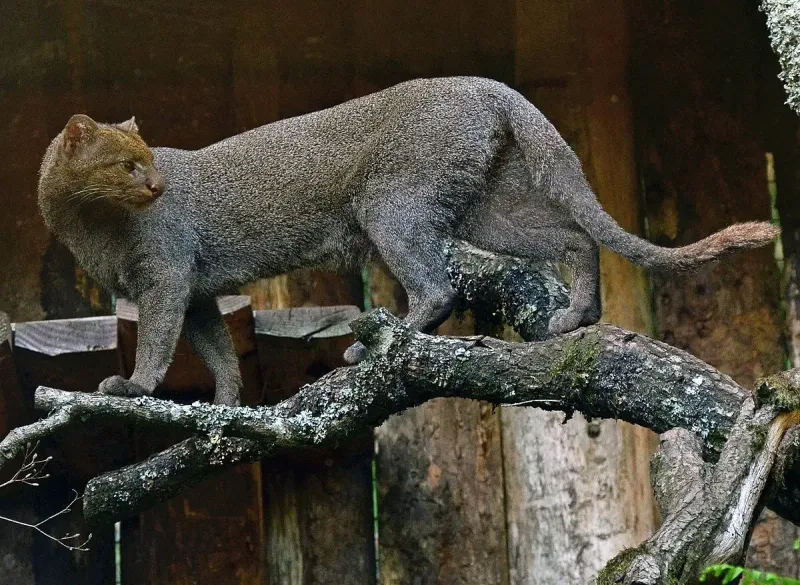
Central and South America’s brushlands are home to the Jaguarundi, a feline with an elongated body and sleek coat that resembles a weasel. Its diverse diet and adaptability make it a versatile predator. Habitat destruction and hunting are significant threats, necessitating conservation measures to protect its environment. The Jaguarundi’s adaptability is a reminder of the resilience of nature, yet it also underscores the importance of protecting diverse habitats. Observing this cat in the wild is a reminder of the varied and complex web of life that sustains our planet.
Pantanal Cat

In the vast wetlands of the Pantanal, a feline known as the Pantanal Cat rests on riverbanks, its spotted coat providing camouflage among the vegetation. This cat’s survival depends on the health of its wetland habitat, threatened by agricultural expansion. Conservation efforts focus on wetland preservation and sustainable practices to ensure the survival of this and other species. The Pantanal Cat’s presence is a testament to the richness of wetland ecosystems and the importance of conservation. Observing this cat in its natural setting is a glimpse into the dynamic and interconnected world of the Pantanal.

